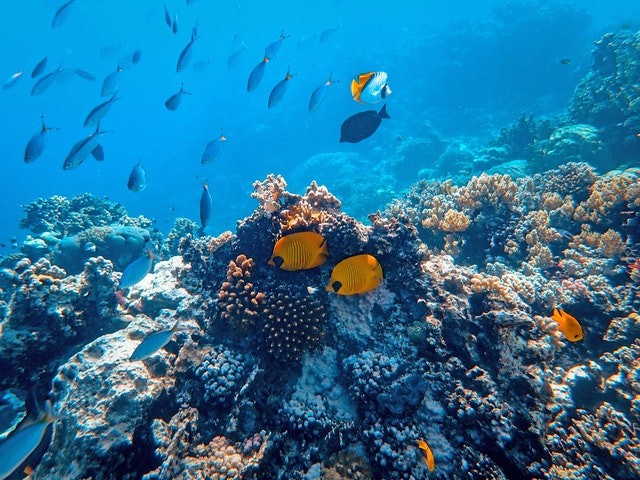Scientists from the University of Miami's Rosenstiel School of Marine and Atmospheric Science and the Ben Gurion University of the Negev have discovered specific immune cells in the cauliflower coral and starlet sea anemone helps them fight illness in the new research.
The research was published in the journal Frontiers In Immunology on July 26 under "Functional Characterization of Hexacorallia Phagocytic Cells."

Understanding Reef-Building Corals
The results are crucial for a better understanding of how reef-building corals and other reef species defend themselves against foreign invaders such as bacteria and viruses found in and near coral reefs.
According to the researchers, immune cells make up approximately 3% of the entire cell population, and they contain at least two groups of immune cells that conduct activities unrelated to digestion.
"These findings are significant because they show that corals have the cellular capabilities to fight infection and that they have unique cell types that were previously unknown," said Nikki Traylor-Knowles, a co-senior author of the study and an assistant professor of marine biology and ecology at the University of Miami Rosenstiel School.
Phagocyte Cell

A phagocyte is a cell capable of ingesting and digesting foreign particles such as bacteria, carbon, dust, or dye. It engulfs foreign materials by creating a vacuole by expanding its cytoplasm into pseudopods (cytoplasmic extensions that look like feet) surrounding the foreign particle.
Because phagocyte enzymes are released into the vacuole where digestion occurs, poisons in the eaten bacteria cannot harm the phagocyte as long as the bacteria stay in the vacuole.
Biodiversity Hotspots
Coral reefs are the ocean's biodiversity hotspots, yet they've been subjected to growing environmental stressors, primarily due to human global warming. Scleractinian corals, which must sustain symbiotic interactions with photosynthetic dinoflagellates, are the keystone species of coral reefs. Thus, understanding the cellular and molecular processes of symbiosis is critical for future coral reef conservation.
Studying Immune Cells
The researchers used bacteria, fungal antigens, and beads to infect a cauliflower coral (Pocillopora damicornis) and a starlet sea anemone (Nematostella vectensis) in the lab to find these specific immune cells. They then separated distinct cell types using a technique known as fluorescence-activated cell sorting.
They discovered that phagocytic cells absorbed the foreign particles, while phagosomes, tiny, fluid-filled structures inside the cells, sought to kill the invaders and their own injured cells.
Different Species and Different Immune Systems

Animal immune systems offer a critical protective defensive response by recognizing and destroying foreign chemicals in their tissues.
"As the climate change issue severely lowers global coral reef biomass and diversity globally," said Traylor-Knowles, "we need a deeper knowledge of how coral cells execute specialized activities such as combat diseases." "Our findings may aid in the development of diagnostic tools for evaluating coral health," says the researcher.
For more news update about Environmental News, don't forget to follow Nature World News!
© 2025 NatureWorldNews.com All rights reserved. Do not reproduce without permission.





